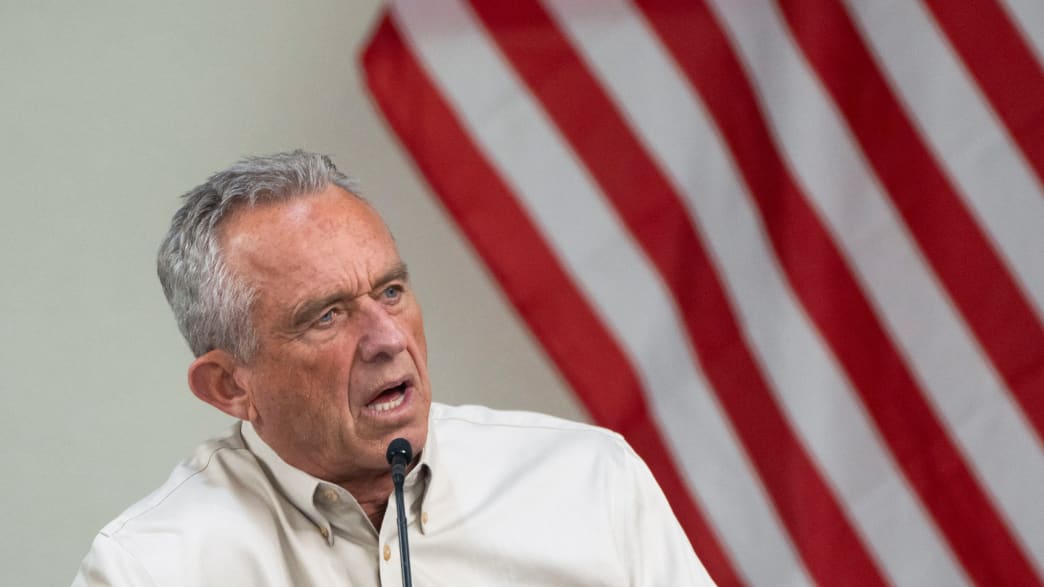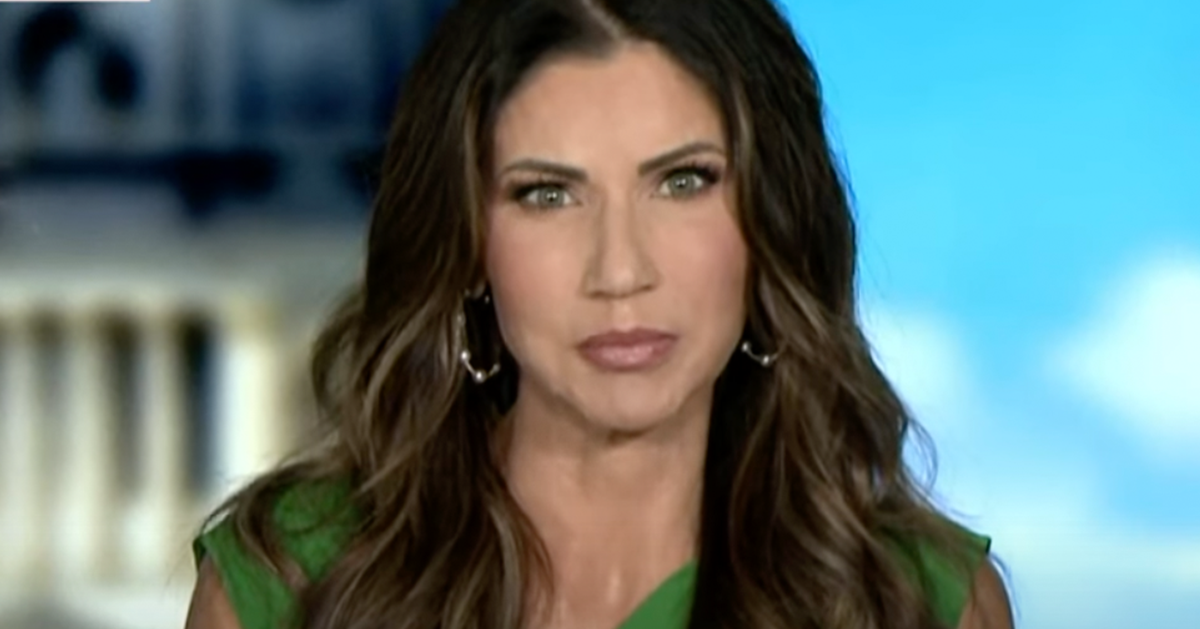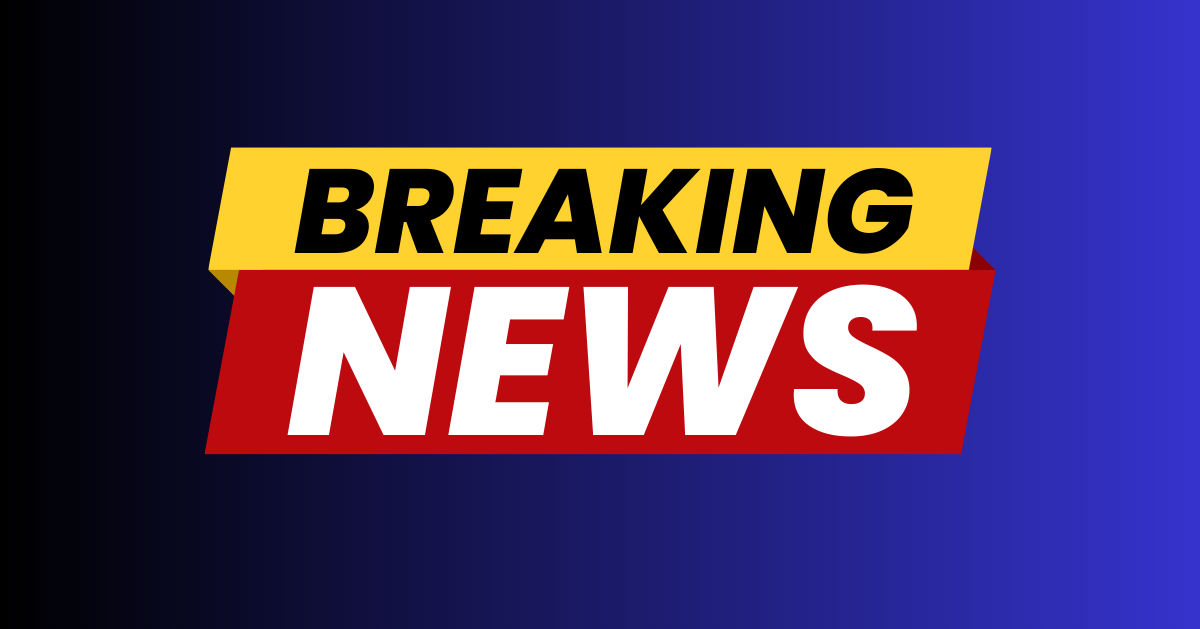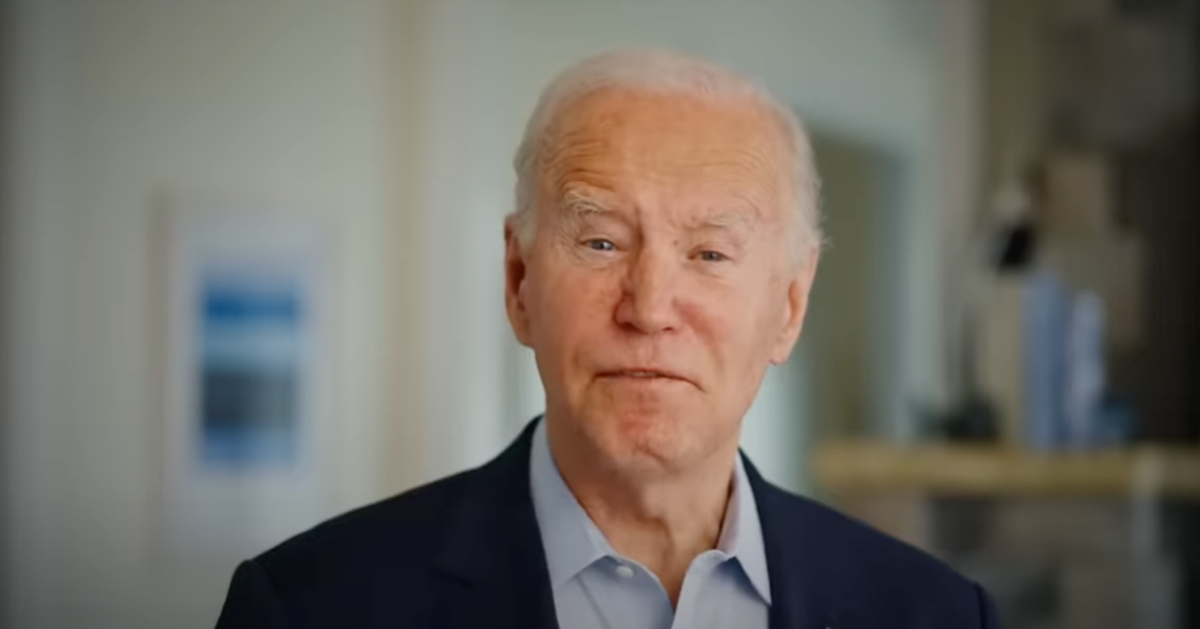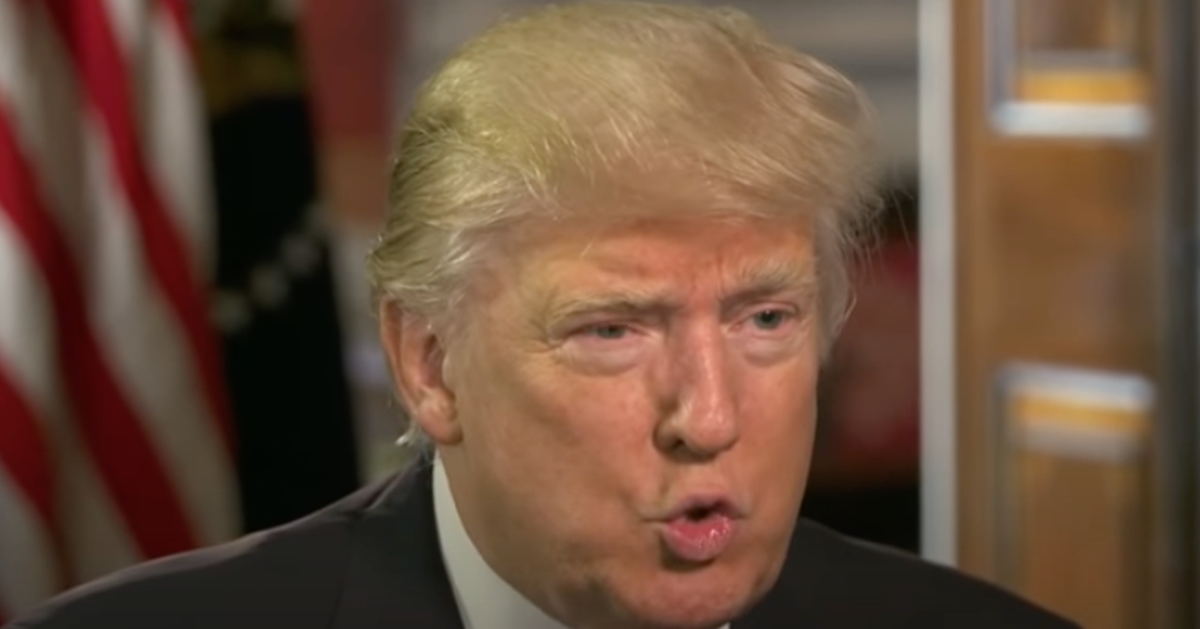Facebook Admits to Censoring Trump Assassination Attempt Photo
Facebook is facing severe backlash after mistakenly censoring a viral photo of Donald Trump raising his fist during a moment of triumph following an assassination attempt.
The censorship of the Trump image occurred, according to the tech giant, as a result of an error involving a fact-check warning meant for a doctored version of the iconic photo, as the Post Millennial reports.
Trump Assassination Attempt and Viral Photo
On July 13, during a campaign event in Butler, Pennsylvania, former President Donald Trump narrowly survived an assassination attempt. The incident saw Trump hit in the right ear by a bullet, prompting Secret Service agents to swiftly surround and protect him.
The gunman, identified as Thomas Matthew Crooks, fired eight shots, tragically killing Corey Comperatore. Crooks was subsequently neutralized by Secret Service agents.
As Trump was being escorted off the stage, he raised his fist and reportedly shouted, "Fight! Fight! Fight!" This moment was captured in a powerful photo taken by an Associated Press photographer.
Initial Censorship and Backlash
Reports on social media platform X on Monday revealed that Facebook had been censoring the widely shared photo of Trump with his fist raised and his face bloodied post-assassination attempt. The censorship was carried out by third-party fact checkers, who believed the image had been digitally altered. This move sparked outrage among users, who saw the iconography as a symbol of Trump's resilience.
The actual photo, along with a doctored version showing Secret Service agents smiling, were both flagged and removed by Facebook's systems.
Meta's Admission of Error
In response to the uproar, Facebook, which is part of Meta, admitted that the censorship was a mistake. Dani Lever, the company's communications director, issued a statement clarifying the error.
"This was an error. This fact check was initially applied to a doctored photo showing the secret service agents smiling," Lever said. “In some cases, our systems incorrectly applied that fact check to the real photo. This has been fixed and we apologize for the mistake." Meta's fact-checking process involves third-party fact checkers and AI software, which collaborate to identify and label misinformation.
Mechanics of the Fact-Checking Process
Meta's approach includes using AI to amplify the reach of fact checkers by placing warning labels on repeated false claims and reducing their visibility. This process aims to prevent misinformation from spreading across its platforms.
On its official page discussing the fact-checking process, Meta states, "We also use AI to scale the work of fact checkers by applying warning labels to duplicates of false claims and reducing their distribution." However, in this instance, the systems failed, incorrectly targeting the original AP photo with the same warning meant for the altered version.
History of Bias Allegations
The error has reignited debates surrounding the bias of Facebook's fact-checking mechanisms. A 2021 lawsuit alleged that these third-party fact checkers exhibited severe left-leaning tendencies and relied on biased experts for their evaluations.
This has led to ongoing scrutiny of Meta’s content policing approaches, questioning their neutrality and efficiency.
The controversy surrounding the censorship of Trump's post-assassination attempt photo highlights the complexity and potential pitfalls of automated and human fact-checking systems.
Correction and Moving Forward
Following the incident, Facebook has restored the original photograph and removed the incorrect warnings applied to it. The company has acknowledged its mistake and taken steps to rectify the error.
The mishap underscores the importance of refining these systems to accurately differentiate between authentic and manipulated content. In such high-stakes scenarios, ensuring precision is crucial to maintaining trust and credibility.
As the digital landscape evolves, platforms like Facebook are continually learning and adapting their practices. This incident serves as a reminder of the balance needed between technology and human oversight in content moderation.
Conclusion
In summary, Facebook's erroneous censorship of a significant photo of Donald Trump following an assassination attempt has drawn criticism and highlighted the flaws in its fact-checking mechanisms.
The error, which applied a fact-check warning intended for a doctored image to the original, has since been corrected, with Facebook publicly apologizing for the oversight.
This situation brings attention to the ongoing challenges in managing misinformation and the critical balance required in content regulation systems.

